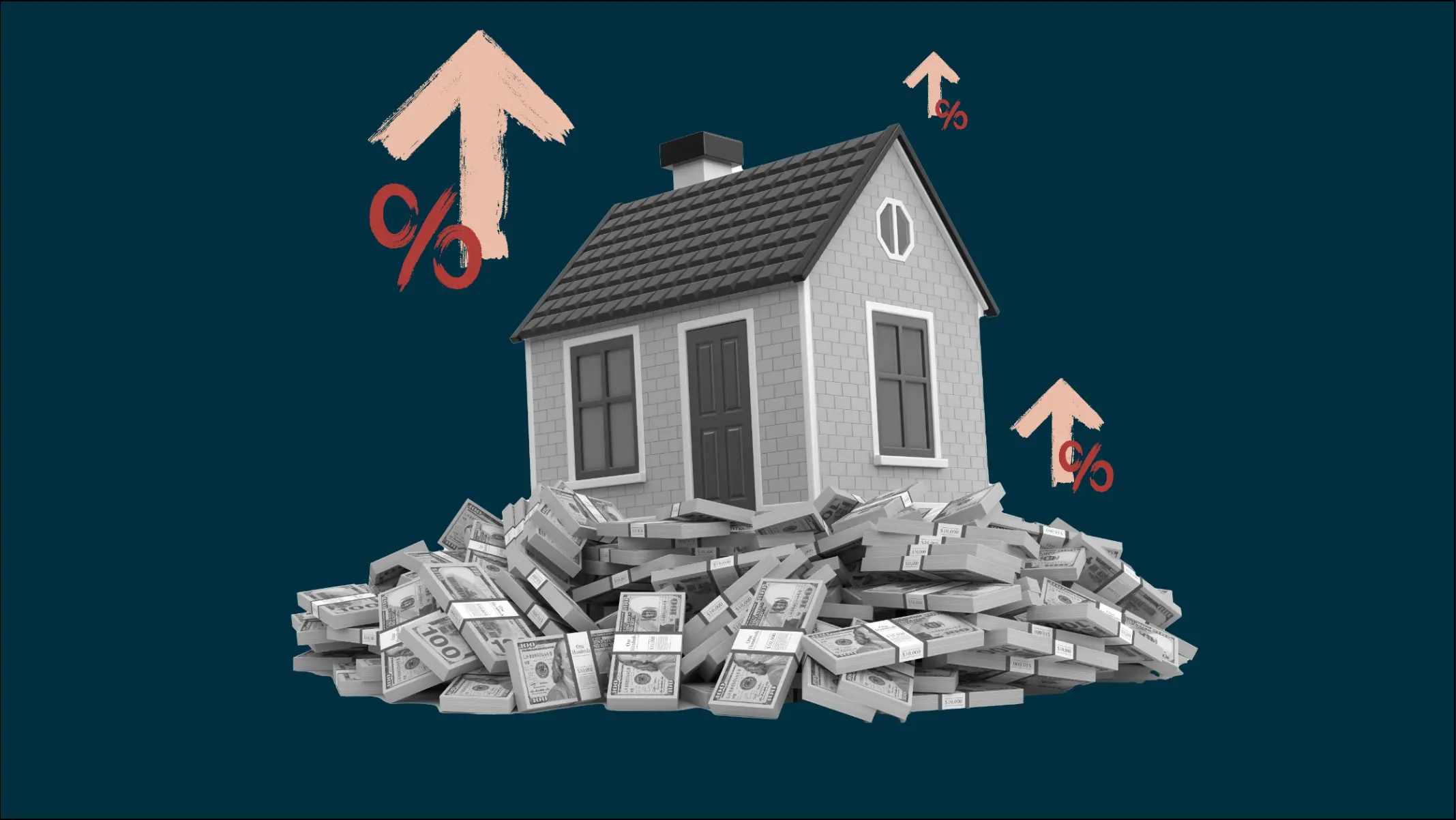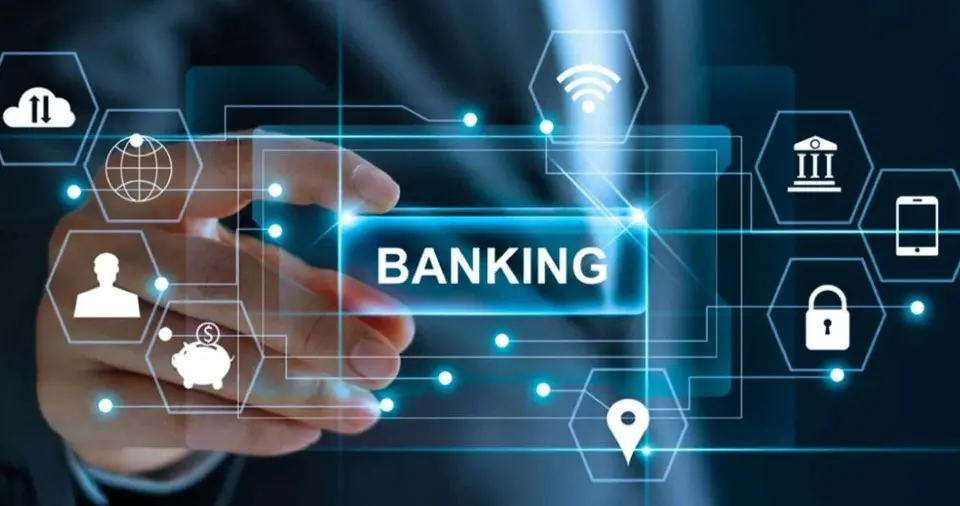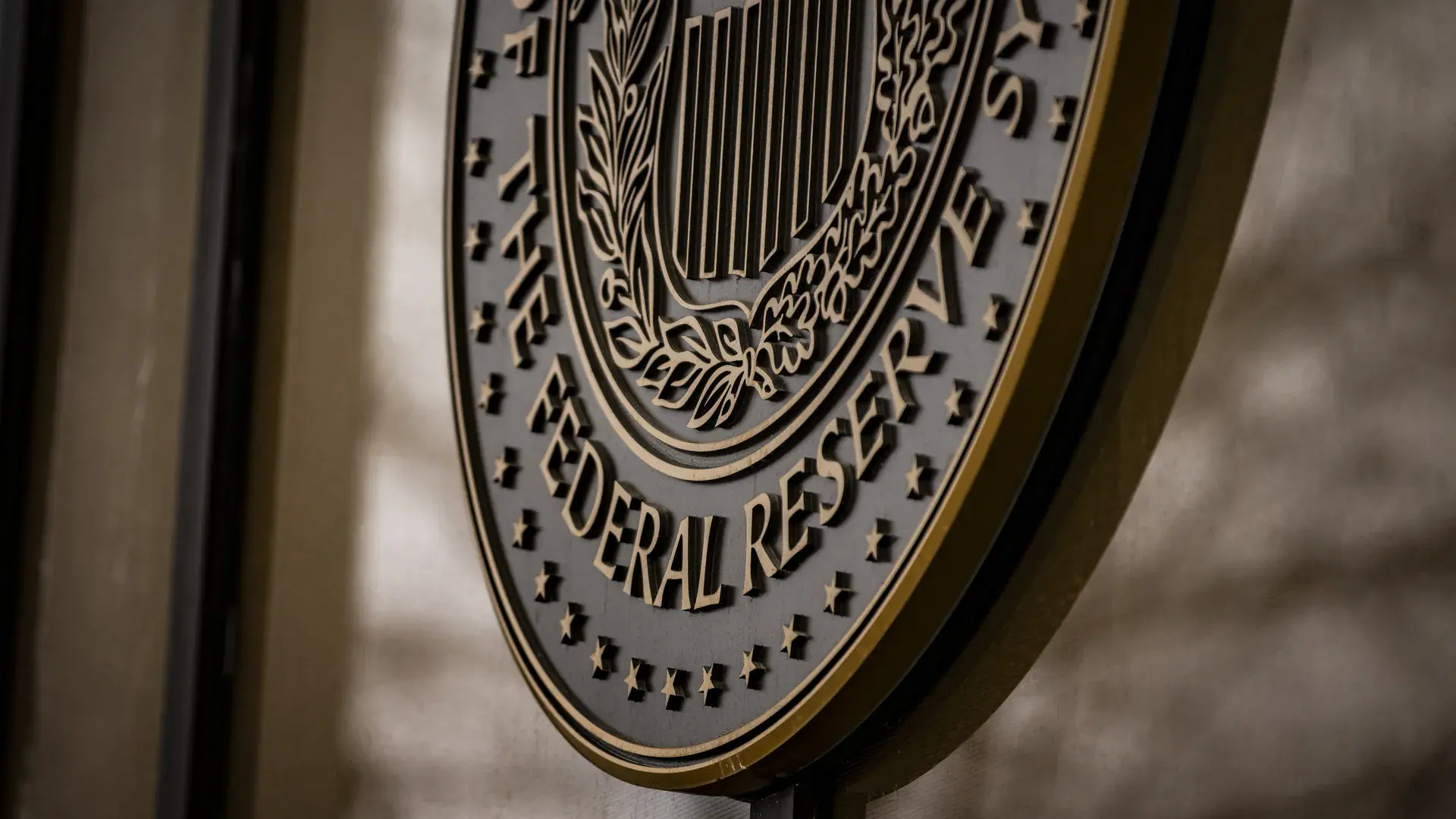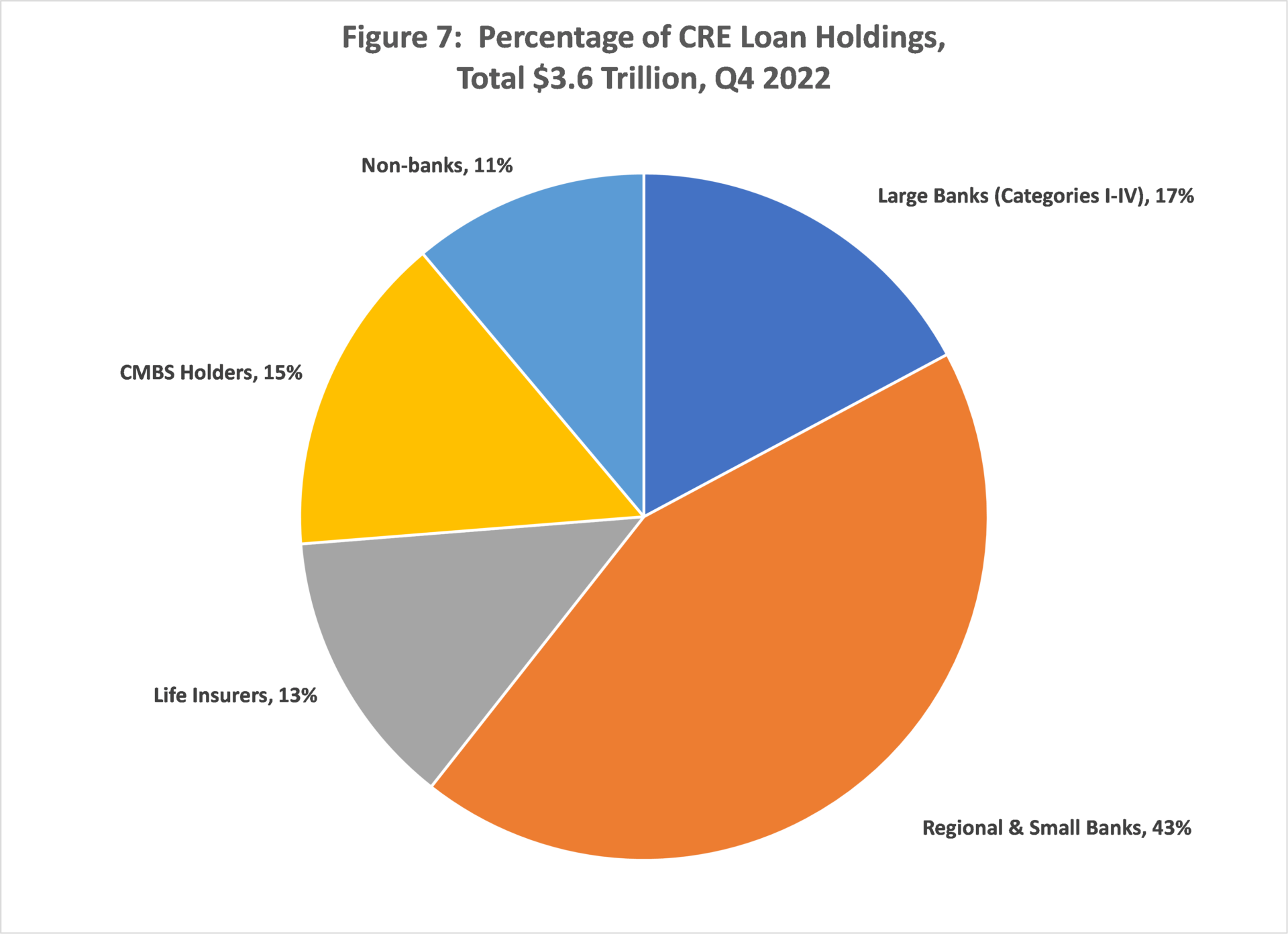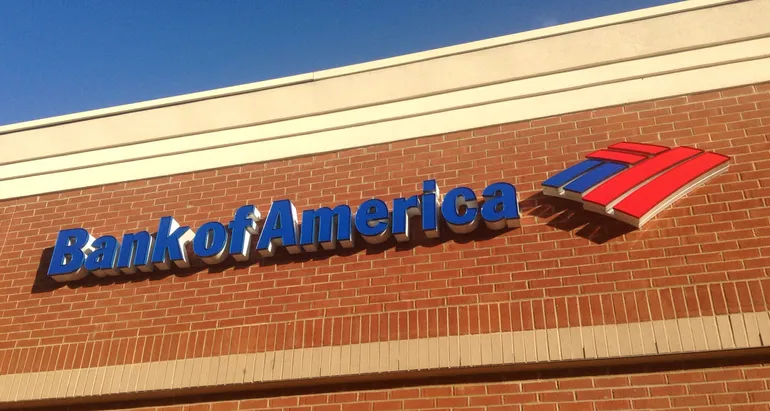The Federal Reserve's continued interest rate hikes have led to a significant rise in mortgage rates, creating challenges for homebuyers and lenders alike. The move, designed to combat persistent inflation, is having a wide-reaching impact on the housing market, raising concerns over affordability and market stability.
While higher mortgage rates are meant to cool down the housing market and prevent the overheating of home prices, they are now creating new obstacles. As the cost of borrowing increases, both first-time homebuyers and refinancing homeowners are experiencing financial strain. In turn, lenders are also facing declining loan origination and increased credit risk.
How Rising Mortgage Rates Are Impacting Homebuyers
1. Increased Monthly Payments
Mortgage rates have risen significantly, with the
average 30-year fixed-rate mortgage now approaching
7%, compared to around
3% just a year ago.
Higher rates translate into
higher monthly payments. A $300,000 loan at 3% would cost a homeowner roughly
$1,265 per month. At 7%, that same loan would require a payment of
$1,996—an increase of over
$700.
For many
first-time homebuyers, this increase has made
homeownership less affordable, pushing them out of the market.
2. Reduced Purchasing Power
As mortgage rates rise, homebuyers'
purchasing power decreases.
For example, a buyer who could afford a
$350,000 home at 3% interest may now be able to afford only a
$275,000 home at a 7% rate. This limits options and may force buyers to settle for
smaller homes or homes in
less desirable areas.
3. Impact on Homebuyer Sentiment
The increase in rates has dampened
homebuyer sentiment.
According to recent surveys,
consumer confidence in the housing market has declined, and
many prospective buyers are delaying their home purchases in hopes that rates will fall in the future.
Reduced inventory due to
sellers hesitating to list their properties at higher rates adds to the difficulties for buyers.
4. First-Time Homebuyer Struggles
First-time homebuyers, who typically have fewer resources and may be more dependent on affordable financing, are especially
vulnerable to rising rates.
According to industry reports, the number of
first-time buyers has dropped by
15-20% over the past year as higher rates have priced them out of the market.
Challenges Faced by Lenders
1. Declining Loan Demand
As mortgage rates rise, there is a marked decline in
loan demand.
Lenders are experiencing a
drop in refinance applications and a slowdown in
home loan originations.
According to the
Mortgage Bankers Association (MBA),
mortgage applications are at their lowest levels in over a decade, as fewer buyers can afford to take out loans.
2. Increased Risk of Default
As borrowers face
higher monthly payments, the
risk of default increases.
Lenders are becoming more cautious in their
lending practices, tightening
credit requirements and conducting more
thorough assessments of borrowers' financial health.
There is also concern about the
increased number of adjustable-rate mortgages (ARMs), which may become even more expensive when interest rates reset in the coming years.
3. Impact on Profitability
Higher mortgage rates may also affect the
profitability of lenders.
With fewer people refinancing, lenders who previously relied on
refinance business may struggle to maintain
profit margins.
Banks are now focusing more on
other financial products, such as
home equity lines of credit (HELOCs) and
personal loans, to offset the decrease in mortgage-related revenue.
The Broader Economic Impact
1. Housing Market Slowdown
The surge in mortgage rates has led to a
slowdown in the housing market.
Home price growth has decelerated, and some areas have even seen
price declines. However, despite the slowdown,
home prices remain elevated due to a persistent
inventory shortage and strong
demand from buyers with higher incomes.
Renting has become more attractive to some consumers, driving demand for rental properties, but also increasing rental prices in some markets.
2. Economic Growth Concerns
A slowdown in the housing market has
broader economic implications.
Housing construction and home sales are critical drivers of
economic growth.
With fewer homes being built and sold,
construction jobs and
related industries, such as furniture and appliances, may experience a
decline.
3. Impact on the Broader Credit Market
The increase in interest rates is also impacting the broader
credit market.
Consumers and businesses may face
higher borrowing costs for loans, credit cards, and lines of credit.
As borrowing becomes more expensive, consumer spending may
slow down, affecting the
overall economy.
What’s Next for Homebuyers and Lenders?
1. Homebuyers’ Strategies
For homebuyers, especially
first-timers, it’s crucial to shop around for the best rates and consider
adjustable-rate mortgages (ARMs) for potentially lower initial payments.
Some buyers may need to
lower their expectations in terms of home size, location, and amenities.
Others may opt for
waiting out the rate hike, hoping that the
Fed will reverse course and lower rates in the future.
2. Lenders’ Response
Lenders may continue to adjust their
product offerings, focusing more on
fixed-rate mortgages or
adjustable-rate mortgages for buyers who can handle potential rate increases down the line.
Alternative lending products, such as
rent-to-own options, may become more popular as buyers look for flexible solutions in a high-rate environment.
3. Federal Reserve’s Role
The
Federal Reserve will continue to monitor the economy and make decisions based on
inflationary pressures and
economic growth.
If inflation persists, the Fed may raise rates further, but if the housing market slows too much, it may
reassess its strategy


